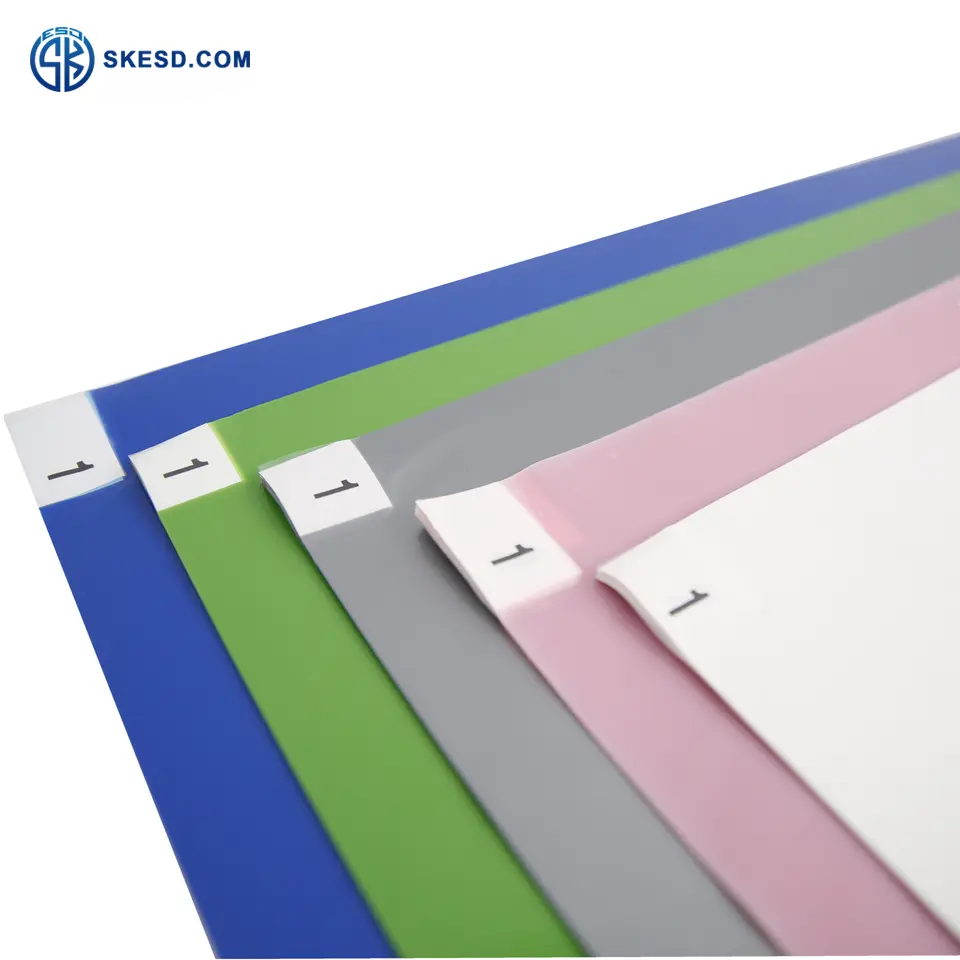Cleanrooms are controlled environments designed to minimize airborne particles, contaminants, and other pollutants that could compromise product quality or research integrity. These environments are crucial for industries that require sterile conditions or those working with sensitive electronic components. Maintaining the cleanliness of cleanrooms is vital to prevent defects in products, reduce downtime, and uphold regulatory compliance.

The Importance of Cleanroom Swabs
Cleanroom swabs play a pivotal role in maintaining the desired cleanliness levels within cleanroom environments. They are specifically engineered for precision cleaning tasks and are available in various materials such as polyester, microfiber, and foam. Among these options, foam cleanroom swabs have gained immense popularity due to their superior cleaning performance.
Advantages of Foam Cleanroom Swabs:
- Enhanced Particle Entrapment: Foam swabs are designed with an open-cell structure that enables them to effectively entrap and retain particles, debris, and residues. This quality ensures thorough cleaning, minimizing the risk of contamination.
- Excellent Absorption Capacity: The porous nature of foam material allows for increased absorption of liquids, solvents, and cleaning agents. This characteristic facilitates efficient and precise cleaning, leaving no trace of residue or moisture behind.
- Non-Abrasive and Non-Linting: Foam swabs are engineered to be non-abrasive and non-linting, ensuring they do not scratch or damage delicate surfaces. This quality is crucial when cleaning sensitive components or surfaces in cleanroom environments.
- Versatile Cleaning Applications: Foam swabs are suitable for a wide range of cleaning applications, including removing particles, applying solvents, applying adhesives, and accessing hard-to-reach areas. Their versatility makes them indispensable tools in cleanrooms.
Choosing the Right Foam Cleanroom Swab
- Material Selection: Selecting the appropriate foam material is crucial to ensure compatibility with the specific cleaning task. Different foam types, such as polyurethane and polyester, offer varying levels of absorbency and chemical resistance.
- Size and Shape: Foam swabs are available in various sizes and shapes to cater to different cleaning needs. It is important to consider the size and contours of the target surface when selecting the appropriate swab size and shape.
- Quality Assurance: When choosing foam cleanroom swabs, opt for high-quality products from reputable suppliers. Reliable suppliers adhere to strict manufacturing standards, ensuring consistent quality and performance.
Best Practices for Using Foam Cleanroom Swabs
To maximize the effectiveness of foam cleanroom swabs, it is essential to follow best practices during cleaning procedures:
- Preparing the Swab: Prior to use, ensure that the swabs are stored in appropriate packaging to maintain cleanliness. Avoid touching the swab tip to prevent contamination.
- Correct Technique: Use gentle, controlled motions while cleaning to avoid dislodging particles. Start from the least contaminated area and progress to the dirtier sections to minimize the risk of cross-contamination.
- Regular Swab Replacement: Replace swabs regularly to maintain optimum cleaning performance. Used swabs may accumulate debris, decreasing their effectiveness.
- Adherence to Cleanroom Protocol: Always follow the specific cleanroom protocols and guidelines provided by your organization or regulatory body. Compliance with these protocols is crucial to maintain the desired cleanliness standards.
Foam cleanroom swabs are an indispensable tool for achieving efficient and effective cleaning in cleanroom environments. Their superior cleaning performance, enhanced particle entrapment, excellent absorption capacity, and non-abrasive nature make them the preferred choice for professionals working in industries that demand stringent cleanliness standards. By selecting the right foam swabs and following best practices, you can ensure optimal cleaning results and uphold the integrity of your cleanroom environment.
continue reading




